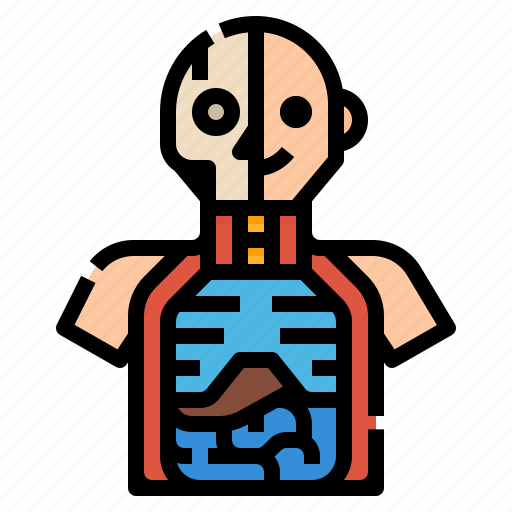Muscles are groups of tissues made up of cells. They consist of a series of muscle fibers, which are attached to some sort of bone, tendons, ligaments, or muscle fascia.
So, just what do we mean by muscles? Well, for the purpose of this article, we will look at the major categories of muscle.
The first one on the list, and probably the most popular, are known as the Type A. This is the type of muscle that is located deep within the body. This type of muscle is not only found deep within your body, but it can also be found in your extremities and wrists.
In fact, the Type A muscle can be found in almost every area of your body. The reason why they are so important is because they are very resistant to fatigue, allowing you to perform long and repetitive tasks without a hitch.
The second type of muscle is known as the Type C. This type of muscle is found deep within the hip bone. This muscle is also very resistant to fatigue, but because it is deep in your hip bone, it is harder to target.
The last type of muscle, and probably the most overlooked type, is called the Type D. This is one of my favorite types of muscle, because it can be found everywhere in the body. Not only can this type of muscle be found in your body, but it can also be found in your hands, elbows, wrists, and feet.
So, when it comes to muscles, remember the four main categories of muscle. These are the Type A, Type B, Type C, Type D, and Type E. Once you understand these categories, you will know what muscles you actually have, and the areas of your body where they are located.
So, now you have the names of the four types of muscles, and an idea of where they are located. You should know that there are many different ways to identify each type of muscle but just knowing that they are all located in your body, makes it easier to identify them in various poses.
One way to do this is to look at the pose that you are doing in the pose. By doing this, you can look at the muscles and see if they are defined, and visible.
Another way to identify the muscles, is to look at the pose itself. By looking at a pose, and seeing if it has the right balance, stability, and alignment, you can tell what type of muscle is involved.
Another way to identify the muscles, is to watch the poses itself. Look at how it is being done, and how it feels.
Poses, and other poses, are used to encourage a healthy breathing process, and balance. As long as you are aware of the breathing process, you can help identify the muscle groups and where they are located in the body.
So, as you learn about anatomy, keep the four different types of muscles in mind. Knowing the different types of muscle, and how each group is used, will help you become more aware of which ones to target in poses.
Learning how to balance a pose, is very important for practicing specific muscle groups. When you practice your poses, try not to be in a pose for too long, or at too high of a level. This will make the practice very difficult for you, because you will be focusing so much on one particular area, and not the whole body.
You should also practice balance exercises. Balance exercises, not only help your overall balance, but they also help to develop each of the four types of muscles.

